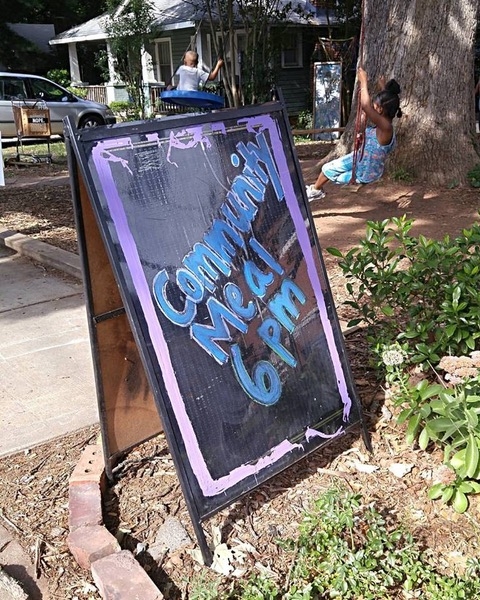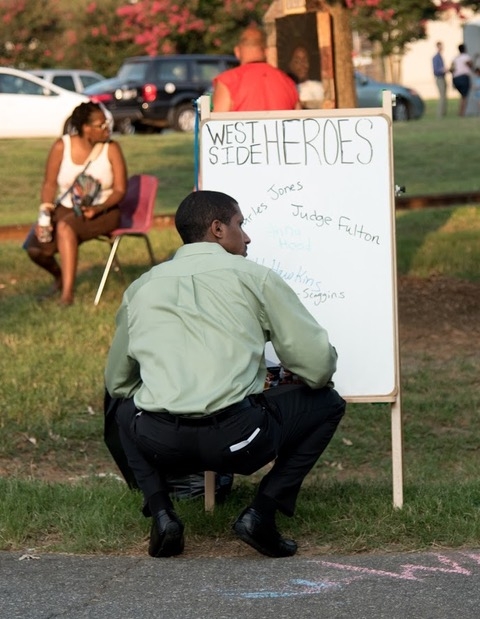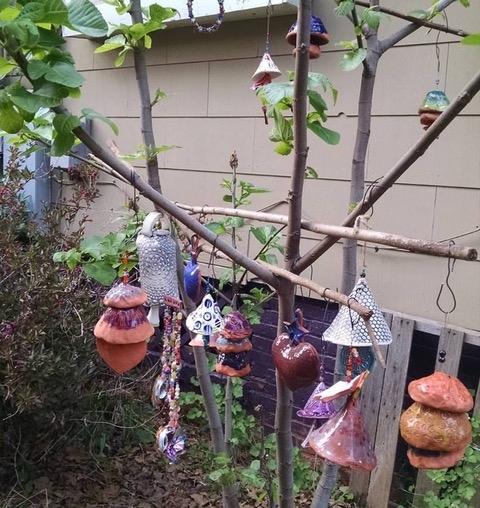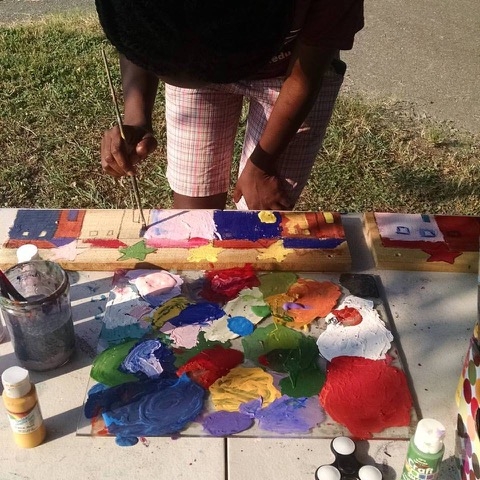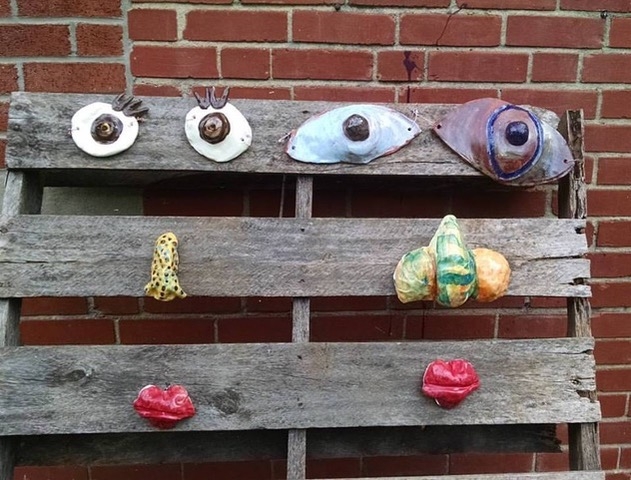Hallowed Placemaking
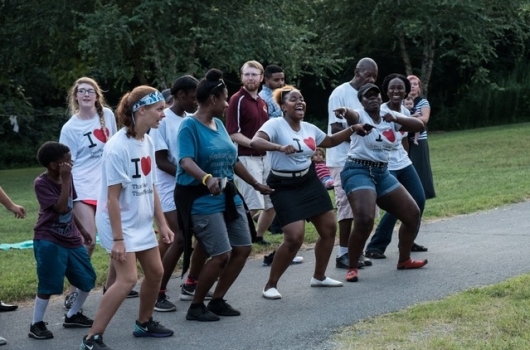
The NBA Incubate Initiativestrives to encourage and support the development of new and innovative health and social service ministries and organizations by Disciples. These ministries, in turn, inform and inspire fellow Disciples throughout our communities and across the life of the church. Together, we expand the church’s understanding of and capacity for health and social service ministry as part of Christ’s work in the world. Rev. Helms Jarrell is a co-founder of QC Family Tree, one of our Incubate Partners. QC Family Tree works in West Charlotte to embody an alternative, a way of life that is centered, whole, and founded on love.
Creative Placemaking has become a buzzword in Charlotte lately. Everywhere I turn, planners and designers are talking about and implementing creative placemaking practices in the form of pop-up markets, parklets, or outdoor living rooms around town. Creative Placemaking is an evolving field that integrates the power of the arts, culture, creativity, urban planning, and community building to serve a community’s interest while also stimulating local economies and leading to increased innovation, cultural diversity, and civic engagement. Placemakers are creating something out of nothing. Where there once was a patch of brown dirt, now there is a community garden; where there once was an abandoned bench, now there is a community swing. The practice of Creative Placemaking is awakening the popular imagination to community interaction, beauty, whimsy, and delight.
Christians, for centuries, have been sacred place making practitioners – exploring how to create a space that embodies the kingdom. Beautiful cathedrals, prayer gardens, and holy monasteries are a testament to the long tradition of sacred placemaking. The ancient story points out the creative placemaking practices of our ancestors at the altar, tabernacle, temple, and upper room. The Christian practice of making sacred space isn’t a new concept, but perhaps we can approach it with fresh perspective.
What if we utilized the principles and practices of Creative Placemaking in our ministries? We’ll call it Hallowed Placemaking – a place-based way for us to cast the vision, to manifest the reality we are hoping for. Hallowed Placemaking is the practice of making real our prayer, “on earth as it is in heaven.”
One place to look for fresh perspective is in the field of Human Centered Design (HCD). A common HCD practice is prototyping – making a visual or tangible representation of a concept so that others can understand and react to it. Sometimes we have to make in order to know.
Prototyping is enlightened trial and error. Visual representations lead to clarity and clarity leads to shared understanding. Prototyping a concept allows for exploration, refinement, and shelving ideas before becoming too attached to them.
Perhaps we could practice Hallowed Placemaking by creating a place-based “Beloved Community Prototype.” Prototypes can take all sorts of forms: a sketch, storyboard, model, performance, role play, demonstration, concept art, or simulation. Instead of over-relying on words to describe what we are trying to live into, we could use the resources we have to make a model of Beloved Community. How might we incorporate the power of the arts, culture, creativity, urban planning, and community building to embody our mission and vision in the world? In what ways could we stimulate local economies and lead to increased innovation, cultural diversity, and civic engagement by embodying creativity and connectedness in our places?
You know those half-full paint cans, the chair with the broken leg, the books from 1978, and the custodian cart in the closet – how could they be shaped into Beloved Community? How about that blank canvas of a parking lot: how could it be a visible sign of resurrection? The fence around the property: what could you do with it to depict peaceable kingdom?
Don’t let the voice of “we’ve always done it this way” or “we don’t like change” stop you. When practicing Hallowed Placemaking, listen to the voice of the Holy One: “Do not fear.” Fear causes a barrier to the spirit of creativity. It can lead to an overabundance of caution. “If you’re not prepared to be wrong, you’ll never create anything original,” says writer and speaker Sir Ken Robinson. When practicing Hallowed Placemaking, leave room for failure.
The trick to remember with prototyping is that the prototype is not the right nor the final answer. It is a way to test assumptions and uncover what is unknown. When prototyping, the mantra is “we’re not making it perfect; we’re making progress.” Hallowed Placemaking is an act of co-creation with God. When we seek to make God’s Kingdom visual and tangible, the Spirit of God works in and through our practice in unexpected and immeasurable ways.
Printer-friendly version here! >>
The NBA incubates new ministries, supporting social entrepreneurs of faith who are serving their communities in a variety of innovative ways and empowering these Disciples-led health and social service projects to focus on growth, impact, and sustainability. Learn more at nbacares.org/incubate or by contacting Rev. Ayanna Johnson Watkins, Director of the NBA Incubate Initiative, at awatkins@nbacares.org.
